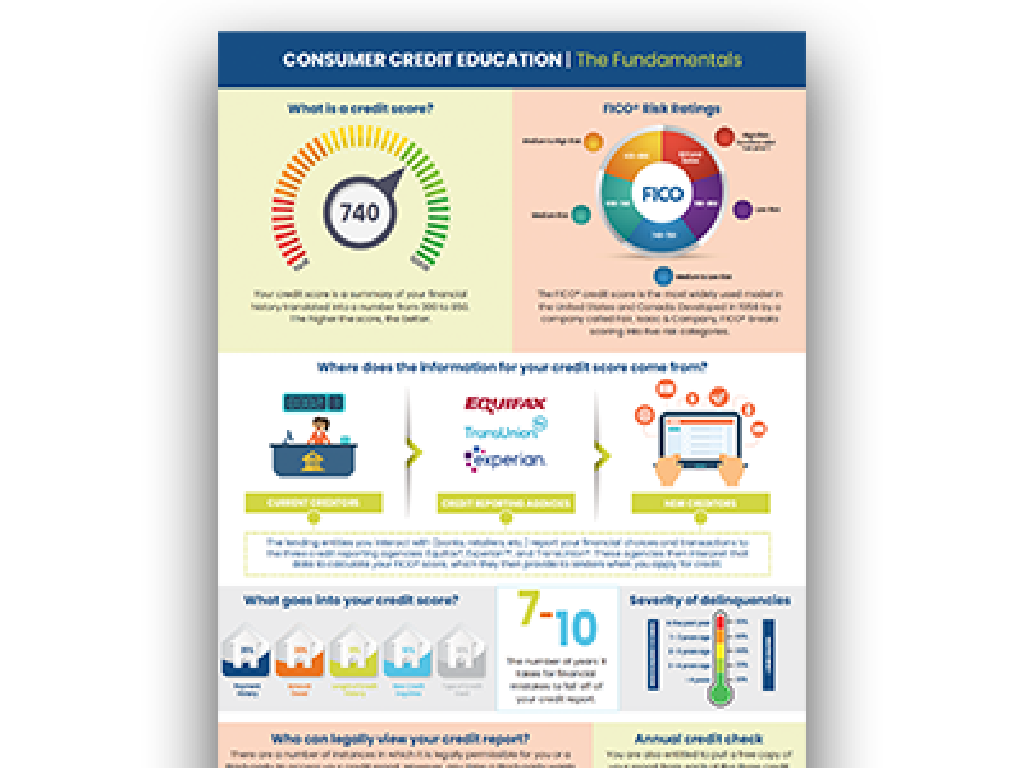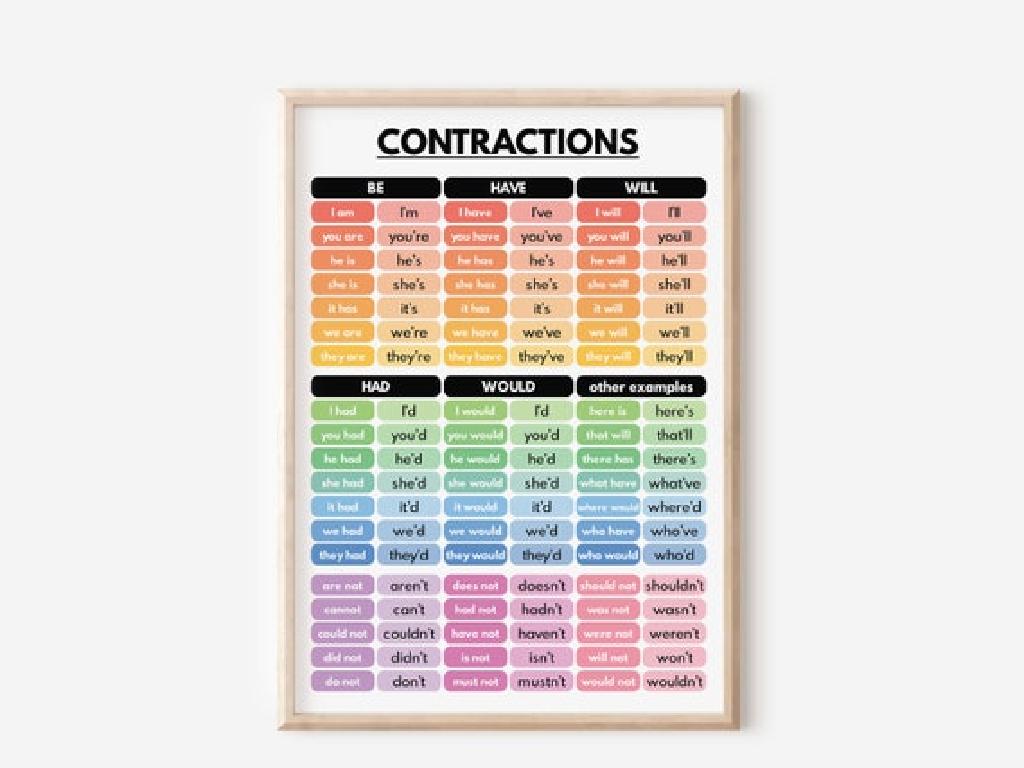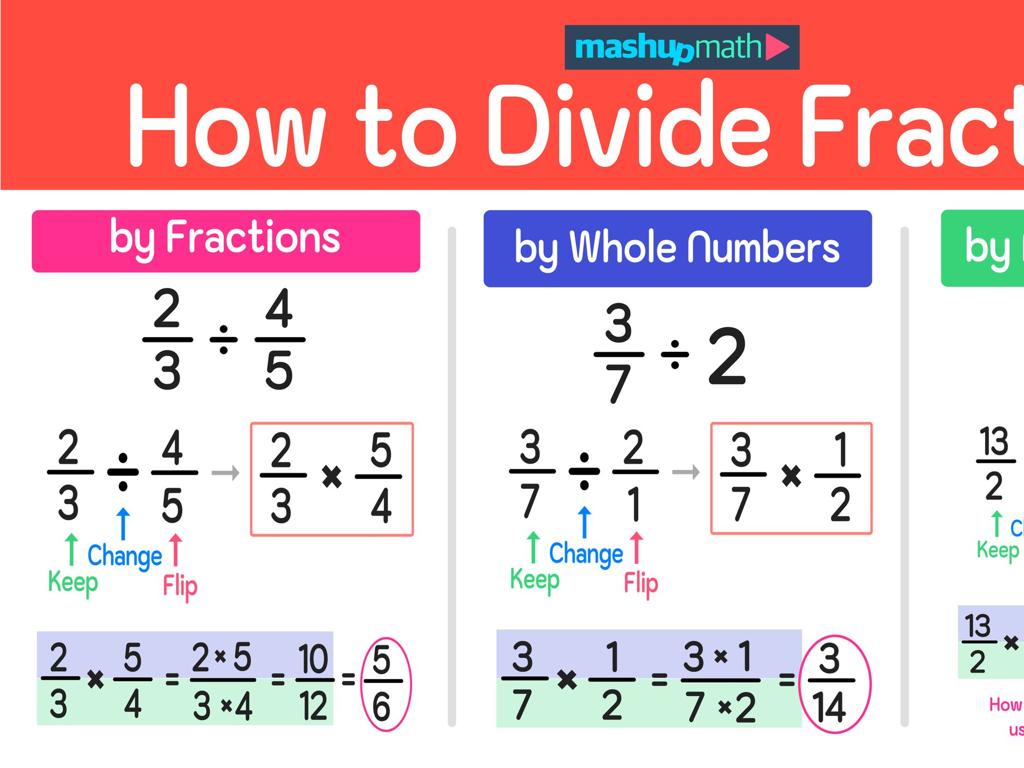Multiply Fractions: Word Problems
Subject: Math
Grade: Sixth grade
Topic: Multiply Fractions
Please LOG IN to download the presentation. Access is available to registered users only.
View More Content
Multiplying Fractions: Introduction
– Quick recap of fractions
– Fractions represent parts of a whole
– Multiplying fractions explained
– To multiply, simply multiply the numerators and denominators
– Real-world applications
– Used in cooking, crafting, and more
– Practice with examples
– Solve problems involving recipes or fabric lengths
|
Begin with a brief review of what fractions are and how they represent parts of a whole, ensuring students recall how to read and write them. Then, explain the process of multiplying fractions by multiplying the numerators together and the denominators together. Emphasize that unlike addition, we do not need a common denominator to multiply fractions. Illustrate how this skill is practical and useful in everyday life, such as doubling a recipe or calculating the amount of material needed for a project. Provide clear examples for the students to work through, such as finding the area of a rectangle with fractional sides, to solidify their understanding. Encourage students to think of other areas where they might need to multiply fractions.
Visualizing Fraction Multiplication with Area Models
– Area models for fraction representation
– Visual tool dividing shapes into equal parts
– Steps to multiply fractions with models
– Shade areas to represent fractions being multiplied
– Example: Multiply 1/2 by 1/3
– 1/2 shaded horizontally, 1/3 vertically, overlap shows 1/6
|
This slide introduces the concept of using area models to visualize the multiplication of fractions, which is a key skill for sixth-grade math students. Area models help students see fractions as parts of a whole and understand how multiplying fractions works by combining these parts. Start by explaining how to draw an area model by dividing a shape into equal parts. Then, demonstrate the process of multiplying fractions by shading the respective parts of each fraction on the model. Use the example of multiplying 1/2 by 1/3 to show how the overlapping shaded area represents the product of the two fractions. Encourage students to draw their own area models and practice with different fractions to solidify their understanding.
Multiplying Fractions: Word Problems
– Step 1: Multiply the numerators
– If 1/2 of a cake is shared by 2, multiply 1/2 (numerator) by 1 (numerator of 1/2).
– Step 2: Multiply the denominators
– Then, multiply 2 (denominator of 1/2) by 2 (denominator of 1/2) to find the new denominator.
– Simplify the fraction if needed
– If the answer is not in simplest form, divide the numerator and denominator by the same number.
– Apply steps to solve problems
– Use these steps to find how much cake each person gets.
|
This slide introduces the process of multiplying fractions through word problems, which is a key skill in 6th-grade math. Start by explaining how to multiply the numerators (top numbers) to find the new numerator. Then, teach students to multiply the denominators (bottom numbers) for the new denominator. Emphasize the importance of simplifying fractions to their lowest terms. Finally, apply these steps to solve real-world problems, such as dividing a cake into portions. Provide several examples and encourage students to practice with problems of their own. This will help solidify their understanding of fraction multiplication in practical situations.
Multiplying Fractions: Word Problems
– Comprehend the word problem
– Read carefully to grasp the scenario and what is asked.
– Find the fractions to multiply
– Look for numbers expressed as fractions in the problem.
– Solve the problem systematically
– Use multiplication of fractions to find the answer.
– Check your solution
– Verify your answer by reviewing the problem.
|
This slide is aimed at guiding students through the process of solving word problems that involve multiplying fractions. Start by ensuring students understand the context and what the problem is asking. Then, help them identify the relevant fractions within the problem. Teach them to solve the problem step by step, multiplying the fractions as required. Emphasize the importance of checking their work by revisiting the problem to ensure their solution makes sense. Provide examples such as finding the area of a rectangle with fractional side lengths or determining the portion of a recipe. Encourage students to practice with problems of varying complexity.
Multiplying Fractions: Recipe Adjustment
– Understand the recipe problem
– A recipe needs 3/4 cup of sugar for full batch.
– Identify fractions in the problem
– Full recipe fraction is 3/4, half recipe fraction is 1/2.
– Multiply fractions to find solution
– Multiply 3/4 by 1/2 to adjust the recipe.
– Interpret the final answer
– Calculate the product to determine sugar needed.
|
This slide presents a practical application of multiplying fractions through a word problem based on a recipe. Students will learn to identify the relevant fractions in a real-world context and use multiplication to adjust quantities. The problem involves halving a recipe, which requires multiplying the original amount of sugar, 3/4 cup, by 1/2. This exercise will help students understand the process of multiplying fractions and how it can be applied to everyday situations. Encourage students to visualize the fractions and to simplify their answer if possible. The final answer should be 3/8 cup of sugar needed for half of the recipe. Discuss the importance of precision in measurements when cooking or baking.
Multiplying Fractions: Fabric Problem
– Problem: Cut fabric into 4 equal pieces
– Identify fractions: 2/3 yard and 1/4 piece
– Original length is 2/3 yard, each piece is 1/4 of total
– Multiply: (2/3) x (1/4)
– Calculate the length of one piece by multiplying
– Find each piece’s length
– Each piece is 1/6 yard long after multiplication
|
This slide presents a word problem involving the multiplication of fractions. The problem scenario is cutting a piece of fabric into equal parts. Students are guided to identify the fractions involved: the length of the fabric (2/3 yard) and the fraction representing each piece (1/4 of the total length). The next step is to multiply these fractions to find the length of each piece. The solution process involves multiplying the numerators and denominators to find that each piece of fabric will be 1/6 yard long. Encourage students to visualize the problem, perhaps by drawing a diagram, and to check their work by verifying that the sum of all pieces equals the original length. This exercise helps students understand the practical application of multiplying fractions in real-life situations.
Multiplying Fractions: Practice Problems
– Solve fraction problems individually
– Share solutions with the class
– Explain your steps and reasoning
– Discuss various solving methods
– Compare strategies like cross-cancellation
– Understand different approaches
– Learn from peers’ perspectives
|
This slide is designed to engage students in active practice of multiplying fractions through individual work and collaborative learning. Students should attempt to solve the provided fraction multiplication problems on their own, fostering independent problem-solving skills. Afterward, they will share their solutions with the class, explaining their methods and reasoning. This will open a discussion on the different techniques that can be used to solve fraction problems, such as cross-cancellation or using the area model. Encourage students to listen to their peers’ explanations and understand that there can be multiple ways to reach the same answer. This activity will help solidify their understanding of the concept and promote a collaborative classroom environment. Provide guidance and support throughout the activity and ensure that each student is heard and understood.
Class Activity: Fraction Multiplication Game
– Split into small groups
– Create word problems with fraction cards
– Use the cards to form fractions and craft a story problem around them
– Challenge peers to solve your problems
– Exchange problems with another group and try to solve theirs
– Discuss solutions and strategies
– Share different solving methods and learn from each other
|
This interactive class activity is designed to reinforce the concept of multiplying fractions through a collaborative and engaging game. Divide the class into small groups to encourage teamwork. Each group will use fraction cards to create their own word problems, which should be clear and solvable. After crafting their problems, groups will challenge other groups to solve them, fostering a sense of friendly competition. Conclude the activity with a discussion where students can explain their problem-solving strategies and the solutions they found. This will help them understand different approaches to multiplying fractions in word problems. Provide guidance and support as needed, and ensure that each group participates actively.
Wrapping Up: Fractions Multiplication
– Recap of fraction multiplication
– Practice makes perfect
Consistent practice is key to mastering new math skills.
– Homework: Worksheet completion
Solve the problems on the provided worksheet to reinforce today’s lesson.
– Be ready to discuss solutions
We’ll review the answers together in our next class.
|
This slide aims to summarize the day’s lesson on multiplying fractions and emphasize the importance of practice for mastery. The homework assignment is a worksheet that includes a variety of problems requiring students to apply what they’ve learned about multiplying fractions. Remind students that making mistakes is a part of learning and encourage them to attempt all problems. In the next class, allocate time to go over the worksheet answers, clarifying any misconceptions and reinforcing the correct methods. This will help solidify their understanding and prepare them for more complex problems in the future.






